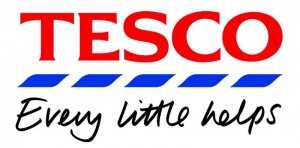

Unlocking the Secrets of the Universe: AI Breakthroughs, Google’s Willow Chip, and the Multiverse Hypothesis—Thoughts from Gav Ward and John
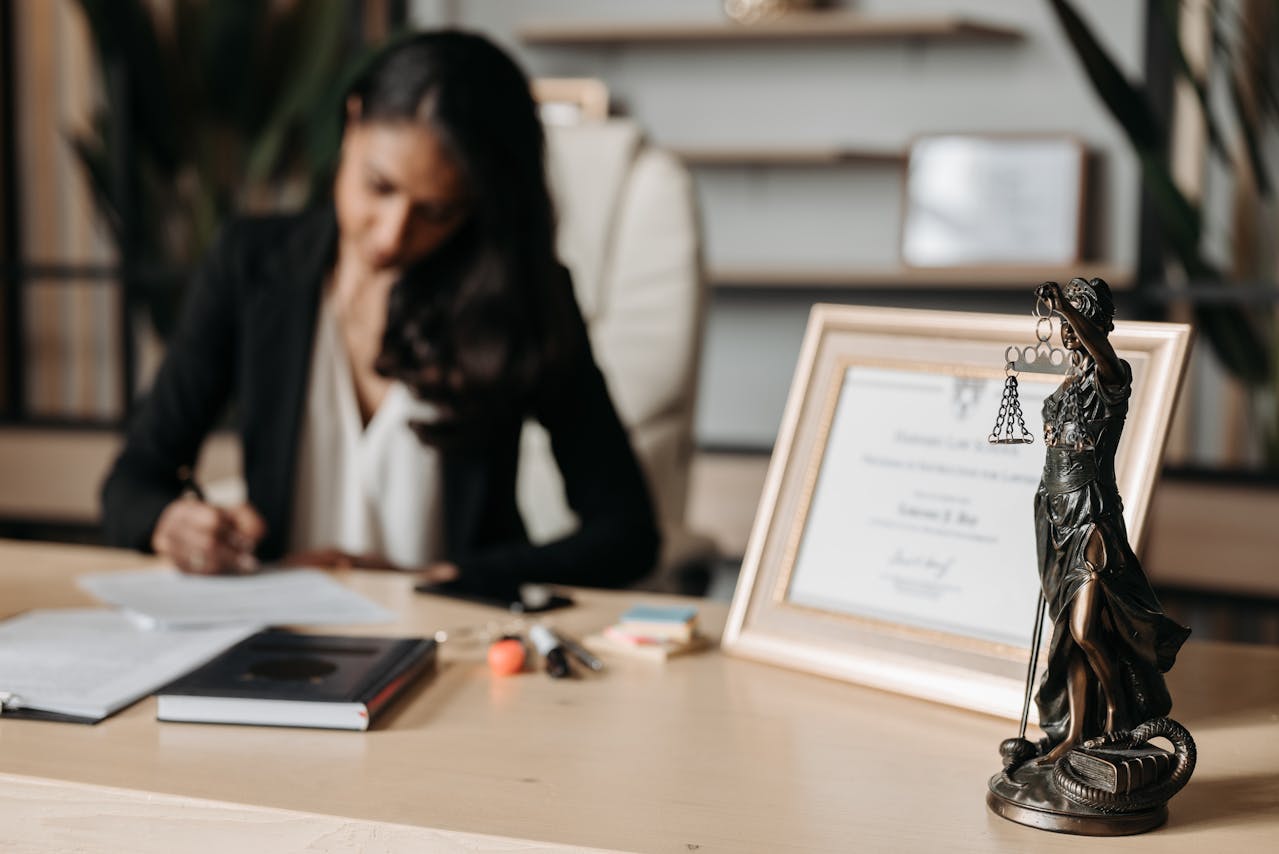
By Amanda Hamilton, Patron of NALP (National Association of Licensed Paralegals) The role of the paralegal—both actual and perceived—has changed;

“AI AND THE LEGAL PROFESSION”, By Robin Ghurbhurun, Governing Board, NALP AI is impacting us all, and paralegals are no

In today’s hyper-connected world, law firms are entrusted with safeguarding a treasure trove of sensitive information. From intellectual property and
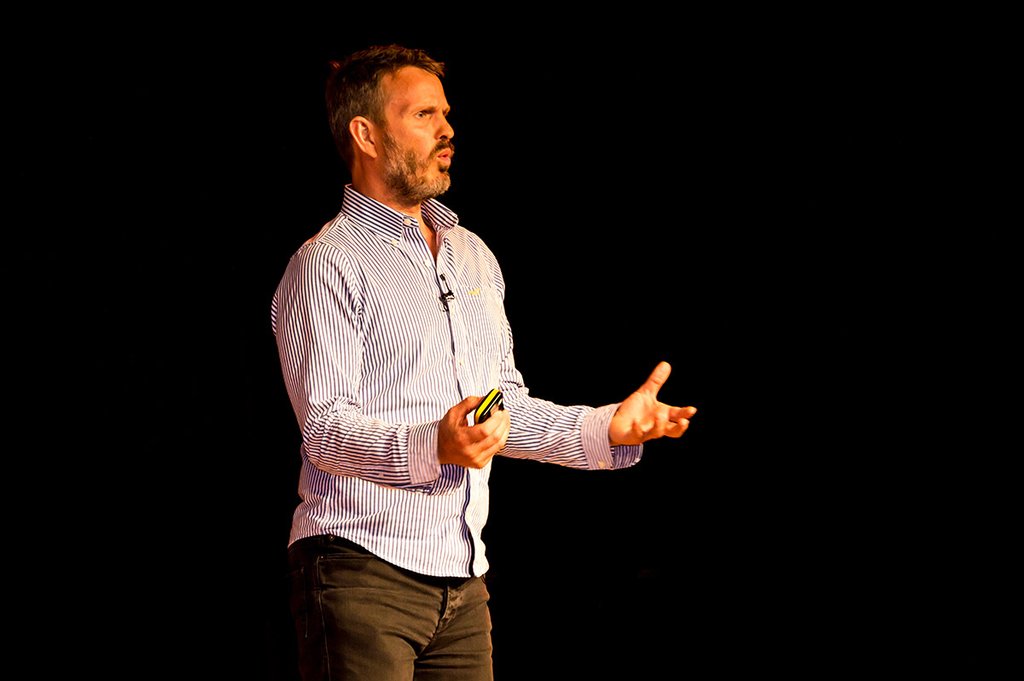
Excellent new article kindly provided by Sid Madge, founder of Meee, and author of the ‘Meee in a Minute’ books.
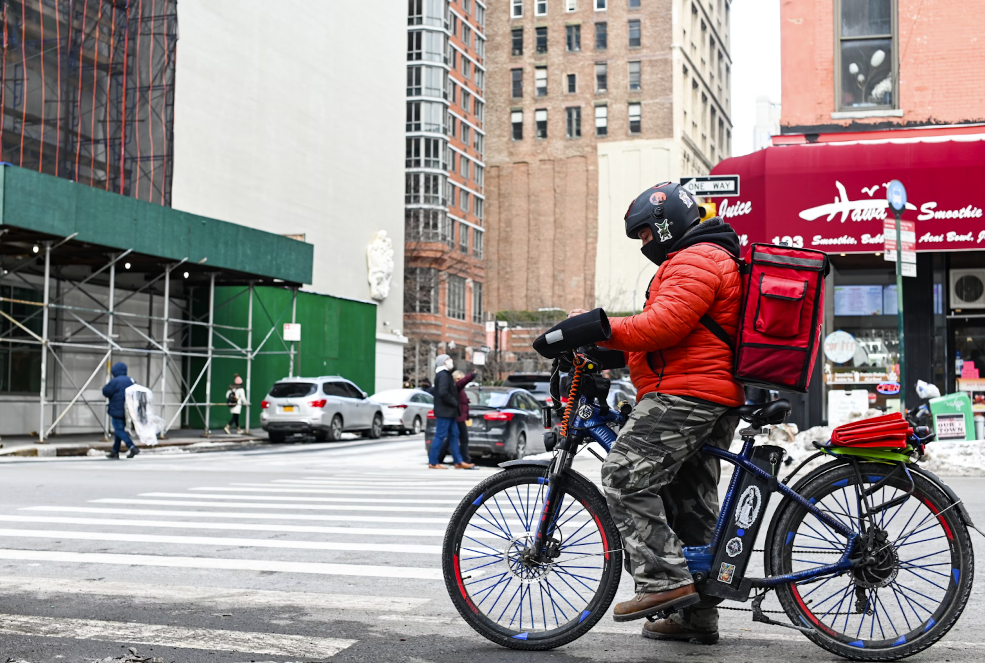
The gig economy has opened doors for countless people looking to earn extra income, and platforms like DoorDash have become
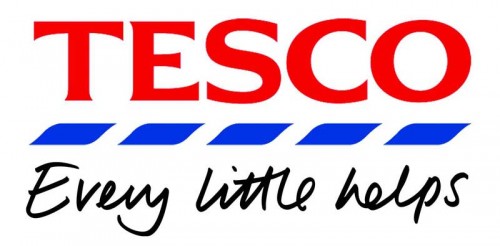
Will we see more traineeships being opened up? Will equity partners earn even more than their hundreds of thousands or millions of pounds each year? Or will equity partners be more likely to sell their stake and escape the practice of law? What effect for management decisions? Will we see greater outsourcing? Will cloud computing be more fully embraced? Will Lawsoft’s stranglehold on legal software be broken up? Will Scots law merge into English law, or will it flourish more by itself?

Gavin Ward of WardblawG giving a presentation on YouTube regarding recent updates to the site.
That really is a bit of an idiot’s guide to company incorporation, so if you have any questions, get in touch with your lawyer or please do not hesitate to ask in the comment box below. Further, if you have pearls if wisdom you’d like to share, please do so, also, in the comment box below. Happy incorporating and I shall see you in the corporate world very soon.
Tuesday marked the inception of the new Diploma in Legal Practice at University of Glasgow, separate from the Glasgow Graduate School of Law as it was 10 years ago, but now led b y former head of the Law Society of Scotland, Douglas Mill. And what better to mark the occasion than a series of exquisite speeches from some of Scotland’s best, including Sheriff Principal James Taylor, Lord Wallace and Lord Tyre.

Epilogue So concludes the first ten chapters of this piece How to Dominate the Internet. If you have any comments

Once you have fortified your brand with various turrets of IP protection, you may wish to commercialise it. Commercialisation can take many forms, the most common of which are selling outright through either share or asset purchase, licensing and franchising, together with many other different species of commercial agreement.

So that’s a brief introductory guide to protecting your IP online. To learn more about IP law and IP protection, I would recommend strongly that you visit WardblawG’s friends at the award winning IP blog, the IPKat, founded and managed by Professor Jeremy Phillips. Subscription to Jeremy’s Google groups will provide your inbox with a flurry of IP related email gems every day plus pictures of one or two cats in peculiar poses. WardblawG’s Gavin Ward’s cat or, as Jeremy puts it, owner Missy has already made one appearance on Wednesday Whimsies.
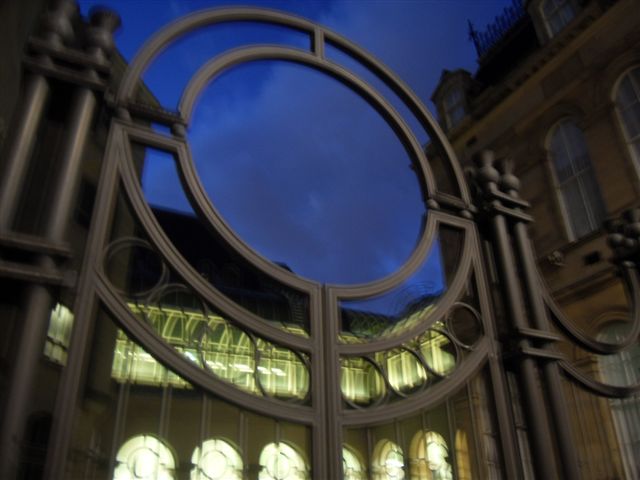
The approach taken in Navitaire was reaffirmed in the recent decision in Nova v Mazooma Games, where it was similarly held that the reproduction of the look and feel of an existing program in original source code did not infringe copyright in the original program. However, both Navitaire and Nova concern programs with high levels of abstraction and may be limited to their facts. It is therefore entirely possible that the “look and feel” of a program in a future case may be protected if there are less abstract concepts and closer similarities between programs. Thus, we may not have seen the end of “look and feel” protection through copyright.

WardblawG has 30,000 very meaningful hits to its name, although 1000 of which have probably been made by me, my family and friends. Thank you to everyone who has viewed, subscribed and commented. As promised, today’s post is Chapter 7 of 10: Business Method Patents. Chapters 8, 9 and 10 shall follow, with Part 10 being published on my first day as a qualified solicitor in Scotland.

Once you can sleep at night knowing you have ownership rights, you can decide whether to leave them unregistered or proceed to register them. Unregistered design rights overlap with copyright to an extent and the protection afforded is decent to say the least. Go for registered designs if the design is more complex and vital to your business. If you don’t have the time or the cash for registered designs, just take the cheap practical option of sealing your design in an envelope and mailing them back to yourself through recorded delivery.
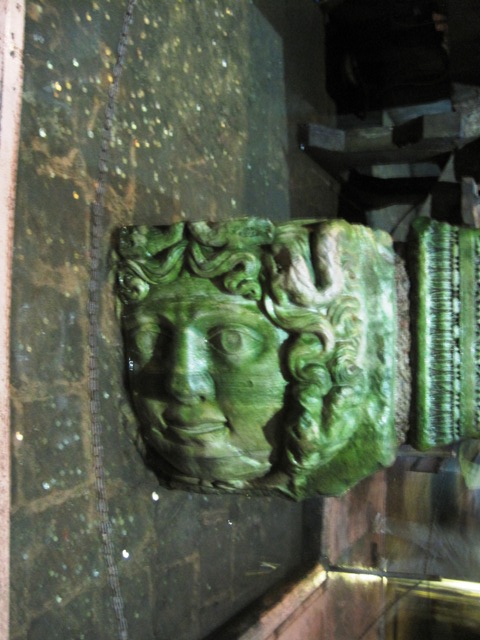
WardblawG uses one of the most common types of Creative Commons. See the CCL summary page and the full licence for more information. There are other different types of Creative Commons that may be considered.
By saying you grant a certain type of Creative Commons Licence, you are doing just that: no fancy legal documents required, because they’ve already been drafted for you. In case you haven’t discovered by now, WardblawG is a massive fan of freeing up information and keeping it simple. Welcome to FOI 2.0?

Next, you might need to pull your hair out over getting copyright protection for your written work. But wait a minute, no you don’t! Copyright is granted to you automatically by the nice people that drafted and agreed the international copyright treaties. Such copyright protection exists for anything you write, generally provided that it is your own material. To avoid plagiarism and copyright breach for using other people’s work, consider referencing them or getting consent from them first: it’s just like being back at university writing thousands of words that nobody will ever read; unless YoublawG them.
As Forest Gump might say, that’s all WardblawG has to say about that.
A branch of copyright and particularly relevant for web 2.0, Creative Commons Licences are the subject of Chapter 5 of this series, which follows this post.

If you take one thing away from this, it should be this practical but general word of advice:
If your business and its model are analogous to another successful and well-protected business and if your brand name is unique, not in the dictionary, not an industry word and not confusingly similar to another business, then take inspiration from the trade mark applications of that other successful business, but do consider every application on its own merits; and
If you are in any doubt about trade mark registrability, research further or seek professional advice from a lawyer, brand protector or trade mark agent. In WardblawG’s experience, trade mark agents are most useful when registrability of your brand as a trade mark is clearly problematic, when you need to overcome objections or field queries from an examiner, or when you have a large portfolio of trade marks to register and maintain.
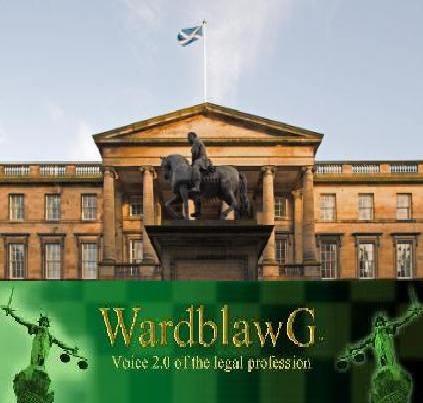
The second step I would suggest is creating at least one domain name, ideally a .com registration reflecting verbatim your brand name. Do this through a reputable host of which there are many.